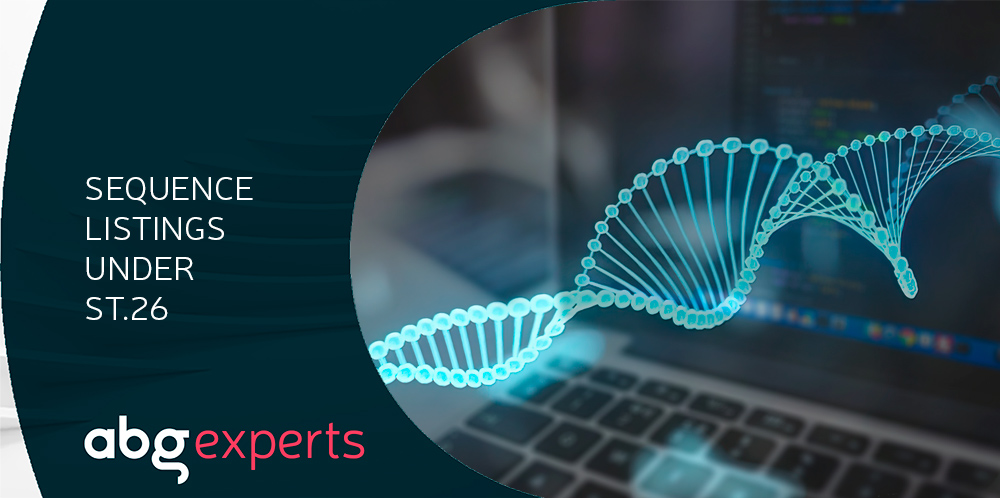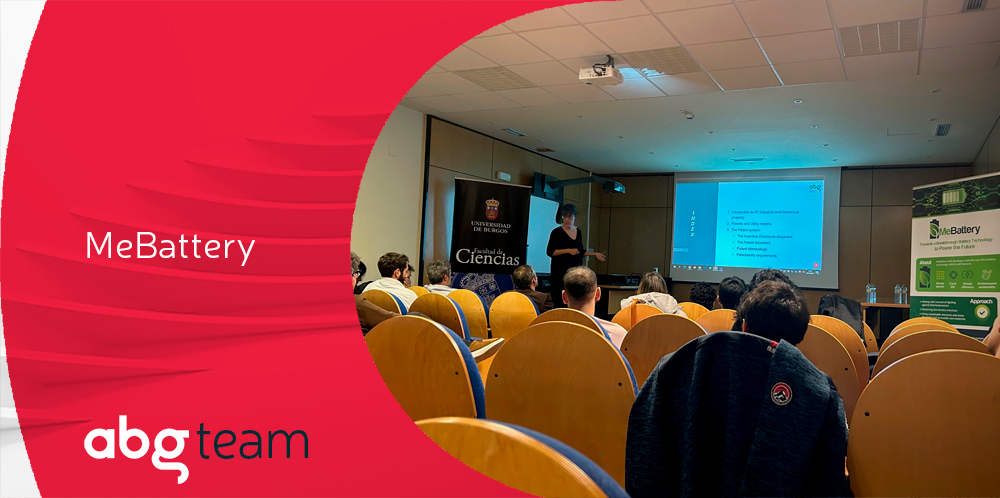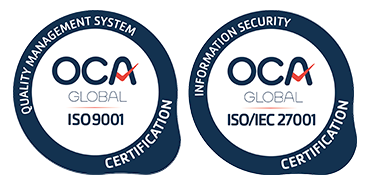What is a sequence listing?
Patent applications containing biological sequences, anywhere in the application, must be accompanied by a sequence listing to comply with the requirement of sufficiency of disclosure. The sequence listing forms part of the patent application’s description and includes the nucleotide and amino acid sequences along with their comprehensive description. This allows biological sequence information in patent applications to be collected and transmitted to searchable databases used by Industrial Property Offices (IPOs) and to others that are publicly available such as GenBank, EMBL-EBI or DDBJ.
Issues with the current Standard ST 25
Until now, sequence listings have been filed in a format compliant with World Intellectual Property Organisation (WIPO) Standard ST.25. However, this format does not conform to INSDC (International Nucleotide Sequence Database Collaboration) requirements, so data is partially lost when imported into public databases.
Furthermore, ST.25 rules lack clarity and therefore different IPOs worldwide interpret and enforce them differently. Another drawback is that the types of sequences that are common today are not covered by the ST.25 Standard, so those sequences cannot be found in searchable databases. Adding to this is the fact that this information is not structured and, therefore, it cannot be verified.
What is established in the new Standard ST26?
For all these reasons, it was necessary to develop the new Standard ST.26, with 1 July 2022 being set as the effective date. Standard ST.26 outlines how to disclose the nucleotide and amino acid sequences that must appear in a sequence listing and render that information in a patent application.
Advantages
The advantages of the new Standard ST. 26 include a better rendering of the sequences (thanks to the sequence listings structure in XML format), improved automation of data verification and the simplification of the proceedings for IPOs. Despite the fact that this does not imply an immediate or obvious improvement for applicants at first glance, it does entail a positive development in the protection system for industrial property regarding biotechnology inventions.
New features
An important new feature of Standard ST26 relating to the general information included in the sequence listing is that only one applicant name and one inventor name can now be entered, and they must be those of the main applicant and inventor. In any case, this does not entail a substantive change, but merely a formal one.
Furthermore, with regard to priority information, only the oldest priority can be included, and several titles of the invention can be added, each one in a different language.
Among the new sequence-related features of the new rule, it is of note that they will now be identified as DNA, RNA, or AA, along with a compulsory qualifier to better describe the molecule, instead of the unique identification as DNA, RNA, or PRT in the case of the previous rule. In addition, it is now compulsory to include D-amino acids, as well as nucleotide branched sequences and analogues, unlike in the old ST. 25 rule where only L-amino acids were included.
Moreover, it will now no longer be possible to include a sequence that has less than 10 specifically defined nucleotides or less than 4 specifically defined amino acids. From now on, the symbol “t” will represent both thymine, in DNA, and uracil, in RNA, as both nucleotides are considered modified nucleotides. Amino acid sequences will be represented using a one-letter abbreviation, rather than the three-letter representation.
How is it implemented?
In order to create a sequence listing compliant with ST. 26 rule, any XML file editing tool can be used, as long as it meets WIPO Standard ST.26. However, ST.26 is complex, and it is therefore strongly recommended that only specifically designed software is used, such as the WIPO Sequence Suite. This programme is a desktop tool developed by WIPO to facilitate authoring, verifying, and generating ST.26-compliant sequence listings.
Using WIPO Sequence simplifies the creation of Standard ST.26-compliant XML files in a simple interface, thus avoiding having to directly edit the XML file. Nevertheless, it is a complex Standard that has required patent attorneys in the biotechnological field to undergo training in order to get acquainted with it.
In addition, the WIPO Sequence Validator programme has been created, which is a web service that is built into the IPOs’ environments so that they can verify that the filed listings comply with the provisions of WIPO Standard ST.26.
When should the sequence listing be submitted following Standard ST.26?
1 July 2022 has been set as the date on which all IPOs will make a simultaneous transition at the international (PCT), national and regional levels. The filing date will be the reference date that determines whether Standard ST.25 or Standard ST.26 applies to an application, and NOT the priority date. Therefore, different situations arise:
- Application filed after 1 July 2022: must be accompanied by a listing according to ST. 26 (Standard ST.25 will not be admissible)
- PCT application filed after 1 July 2022 but claiming priority from an application filed before 1 July 2022 and with an ST. 25-compliant sequence listing: must include an ST. 26-compliant listing
- Entry into the European regional phase after 1 July 2022 of a PCT application filed before 1 July 2022 with an ST. 25-compliant sequence listing: will keep this format.
As mentioned above, the requirements for filing nucleotide and amino acid sequences differ from WIPO Standard ST.25 to Standard ST.26. Consequently, a concern has been raised as to whether ST.26 would require adding or deleting subject matter from a sequence listing filed under Standard ST.25. The answer to that concern is that this shift to the new Standard should not entail the introduction of new subject matter when following the recommendations cited in Standard ST26, Annex VII.
The change to Standard ST. 26 aims to allow a single sequence listing to be filed that will be accepted by all IPOs, facilitate the dissemination of sequences for the benefit of applicants, the public and examiners, and also facilitate the electronic search and exchange of sequence data, as well as its input in computerised databases.










